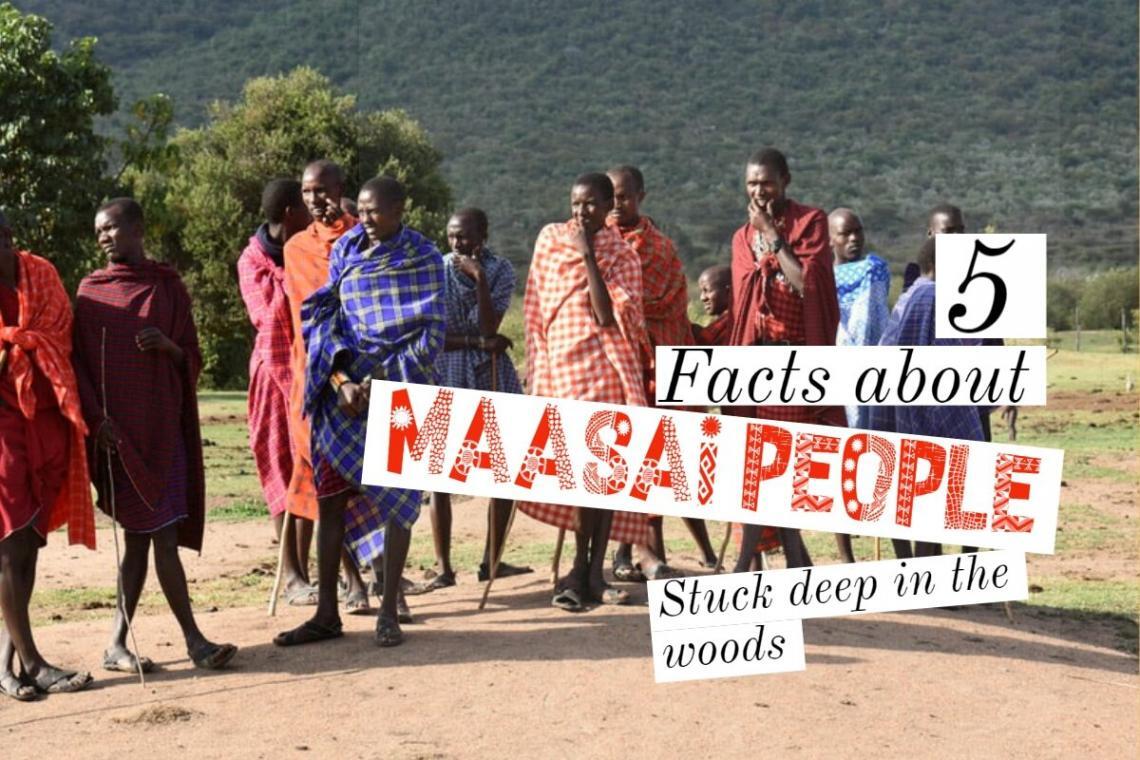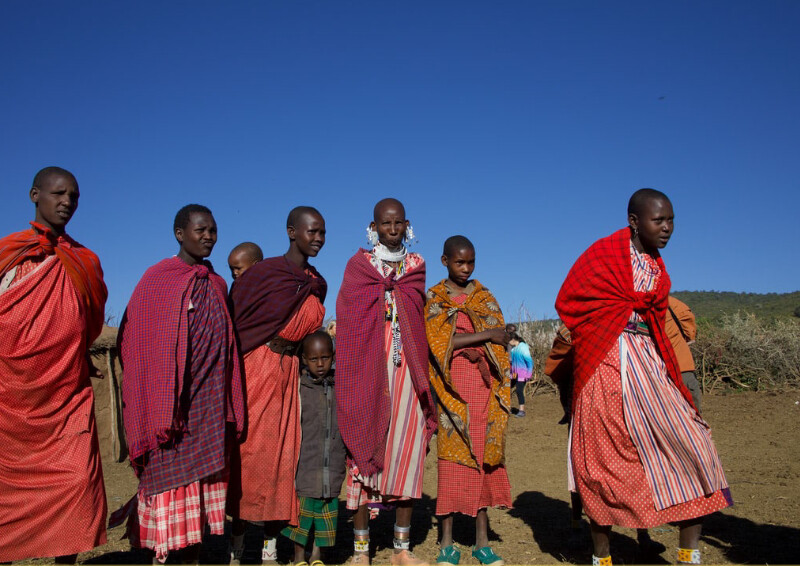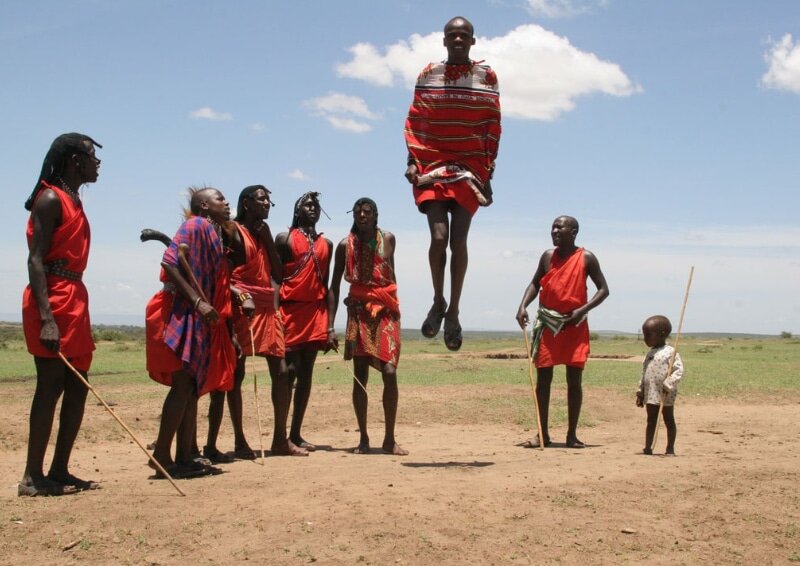
5 FACTS ABOUT THE MASAI PEOPLE: STUCK DEEP IN THE WOODS
It is a must-visit destination whenever you are touring Kenya. I am talking about the Maasai villages. Find here five facts about the Maasai people that will make you visit Maasai Mara in Kenya. The cultural heritage is enormous and funny to read. They are tucked away deep into the Savannah and well hidden away from the cultural erosion that has seen many tribes in Kenya corrupt their traditional way of life.
While in Kenya, I spared some time to visit part of its 1,189,522 Maasai population in the area around the Maasai Mara game reserve. I must admit that this was the most intriguing part of my stay in Kenya. I got to learn so much about the Maasai. Some of the lessons seemed like well-hidden secrets from the past in the present with a solid future in them.
Visit Maasai Mara!
The official website
Here
Here are five facts about the Maasai people that I explored while visiting one of the communities.
1. The Maasai people use traditional herbs as medicine
Every Maasai man is a herbalist in the community. They are the community doctors entrusted with healing the community for every disease that may befall it. I was even shown how to prepare a juice from the roots and barks of an umbrella acacia tree that works magic for stomach problems.
Also, food is another source of healing. Maasai people take milk, blood, and meat from their large signature herds of cattle. The milk is mixed with coal. Talking of coal, I did prepare a fire without a matchbox using two sticks.
Booking.comDon’t know what you are looking for? Hire me for me, and I will find the best Hotel to stay for you! 100% free HERE!
2. They are highly trusted people
How many people can walk around with clubs and razor-sharp double-edged machetes everywhere they go in Kenya? I learned from a Kenyan friend that the Maasai are highly trusted in the country. They can be allowed to walk with weapons even in Nairobi, the capital city of Kenya, without anyone questioning them.
The machetes and clubs are tied to their waists with the help of the pure leather belts that they make from their animals. Part of the trust given to the Maasai is due to the stringent following of their traditions. For instance, the Maasai will not draw their weapons easily as they are just symbolic.
3. There are high illiteracy levels in the deep Maasai communities
As we went deep into the vast Maasai lands, only the sound of the melodic chirping of birds, bleating sheep and goats, and the sounds of cowbells could be heard. There is no electricity deep in Savannah, and neither is the internet. Most people are uneducated and can only converse in their local Maa language. It is evident that their illiteracy comes to their advantage as they are able to preserve most of their culture, including using red patterned shukas as their clothing.

4. Where do the Maasai live? In huts made of dung and wood
Guess what? The houses that the Maasai live in are made from mud and sticks. Yes, and they are very robust with smooth walls on the inside. These huts are small and can house only one family. They are subdivided into rooms to accommodate the parents’ bedroom, kids bedroom, kitchen, and sometimes an area for newborn calves that are hidden from the prying eyes of hyenas and lions in the dark nights.
The other cattle have a stick fenced area where they sleep. It takes up to two months for a single hut to be ready for occupation, and it is the women who build and not men.
5. Maasai warriors must kill a wild lion to become men
When a Maasai boy hits 15 years, he has to go into the wilderness for the next five years. This happens after the boys in groups of around 30 have been circumcised. Then, at least two elders shall escort the groups of boys on a journey to learn more about the Maasai culture. Over the five years, the boys who are now morans learn traditional medicine, how to jump, throw spears, and many other aspects of their culture.
Mara means ‘spotted’ in Maa language (Maasai tribe language). The local people use the word ‘Maasai Mara’ to point to the Maasai people’s Land.
It is when they are ready after the five years that they can return to the community as men ready to marry and start a family. Now to an interesting twist of the moran life, every group must kill a lion, skin it, and bring the skin as evidence on their way back. The tribe welcomes them with pomp and color with a community that had missed every inch of them. It is a big ceremony that they have to shave for.

Marriage among the Maasai people is also unusual. After the morans are back, they can attend the many dances held. This is where men identify their future wives. The men will not talk to the girl but go back home and tell their parents about it. The man’s parents will get dowry ready and go to the girl’s side for negotiations. Later, if the parents have an agreement, the girl has no option to deny the man’s hand in marriage.
The bottom line, The Maasai people were very much welcoming. I wish I could extend my stay, but I had to stay true to my itinerary in Kenya as I unearthed more adventure. Actually, there are many more facts about the Maasai people that I have to learn. That’s why I am going back again to visit the Maasai Mara one more time. How about you?





